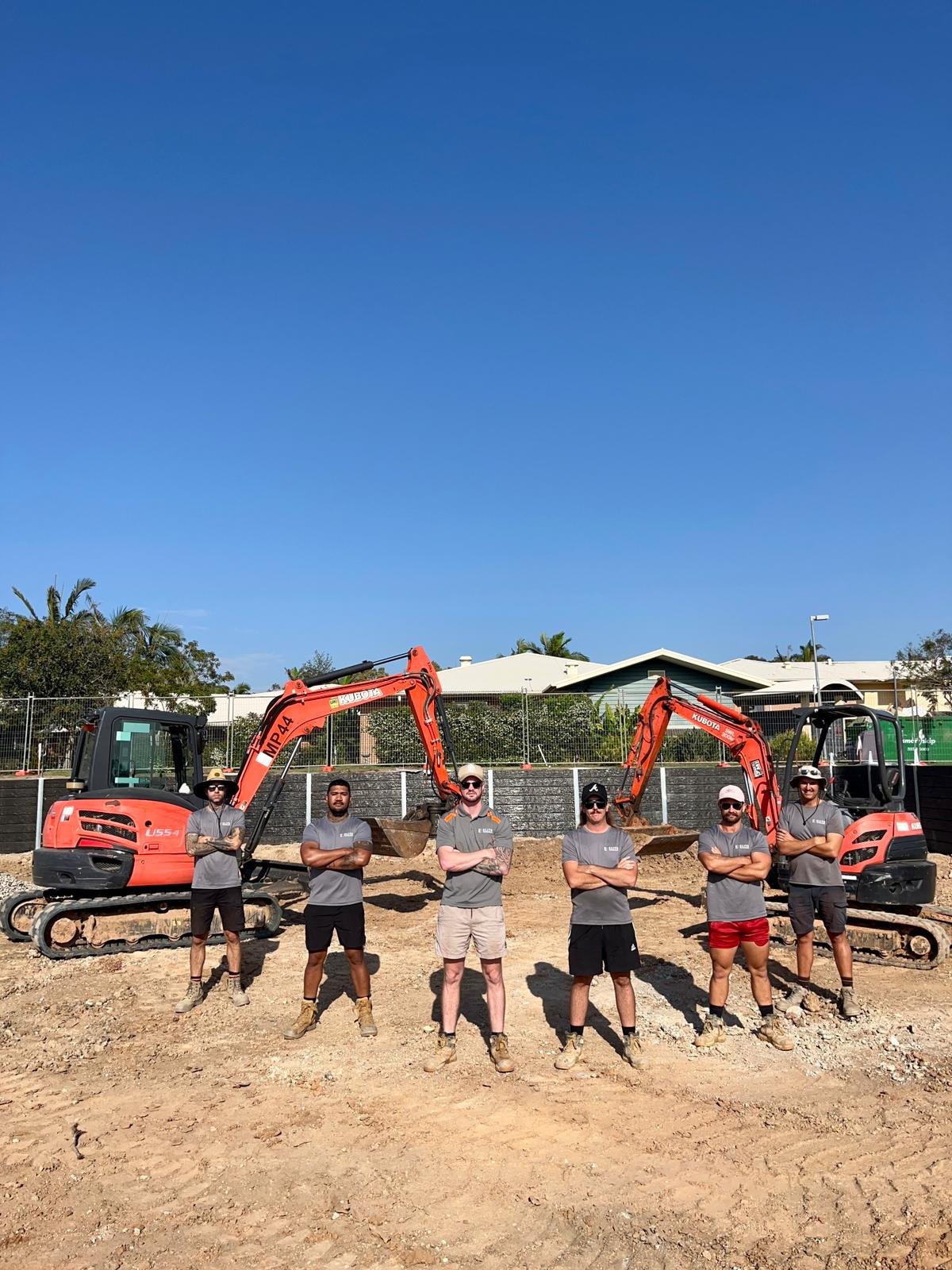Introduction
Retaining walls play a crucial role in landscape management, providing essential support to prevent soil erosion and manage sloped areas. Gravity retaining walls, in particular, are favored for their straightforward design and effectiveness. This guide explores the fundamentals of gravity retaining walls, highlighting their benefits, design considerations, and installation tips.
What Are Gravity Retaining Walls?
Gravity retaining walls utilize their weight to retain soil, standing firmly against lateral pressure without the need for additional reinforcement. These walls are often built with materials like concrete blocks, natural stones, or precast concrete, offering a blend of strength and aesthetic appeal.
Benefits of Gravity Retaining Walls
- Durability and Strength: Well-constructed gravity walls withstand harsh weather conditions and significant soil pressure.
- Low Maintenance: Once built, they require minimal upkeep, making them a cost-effective solution.
- Aesthetic Flexibility: Available in various materials and finishes, gravity walls can complement any landscape or architectural style.
Design Considerations for Gravity Retaining Walls
- Soil Characteristics: Understanding the soil type is crucial for determining the wall’s design and necessary reinforcements.
- Slope and Height: The wall’s height and the slope it supports directly influence its construction approach and material selection.
- Drainage: Incorporating efficient drainage systems is vital to prevent water buildup and ensure the wall’s longevity.
Installation Process
Building a gravity retaining wall involves careful planning and execution. Starting with a solid foundation, the construction process includes stacking materials to achieve the desired height and ensuring stability through proper alignment and compaction.
Regulations and Permits
While gravity retaining walls can often be built without extensive permits, it’s essential to consult local building codes and regulations. Compliance ensures safety and avoids potential legal issues.
Maintenance Tips
Regular inspections can help identify and address early signs of wear or damage, such as cracks or bulging. Simple maintenance actions can significantly extend the life of a gravity retaining wall.
Gravity Retaining Wall Projects
Illustrative examples of successful gravity retaining wall projects can provide valuable insights into their practical applications, challenges encountered, and innovative solutions adopted.
Conclusion
Gravity retaining walls are a reliable and effective option for managing sloped landscapes and preventing erosion. With proper design, installation, and maintenance, these walls serve as a lasting solution suited to various settings.
Discover the essential guide to gravity retaining walls, including their benefits, design considerations, and installation tips.




